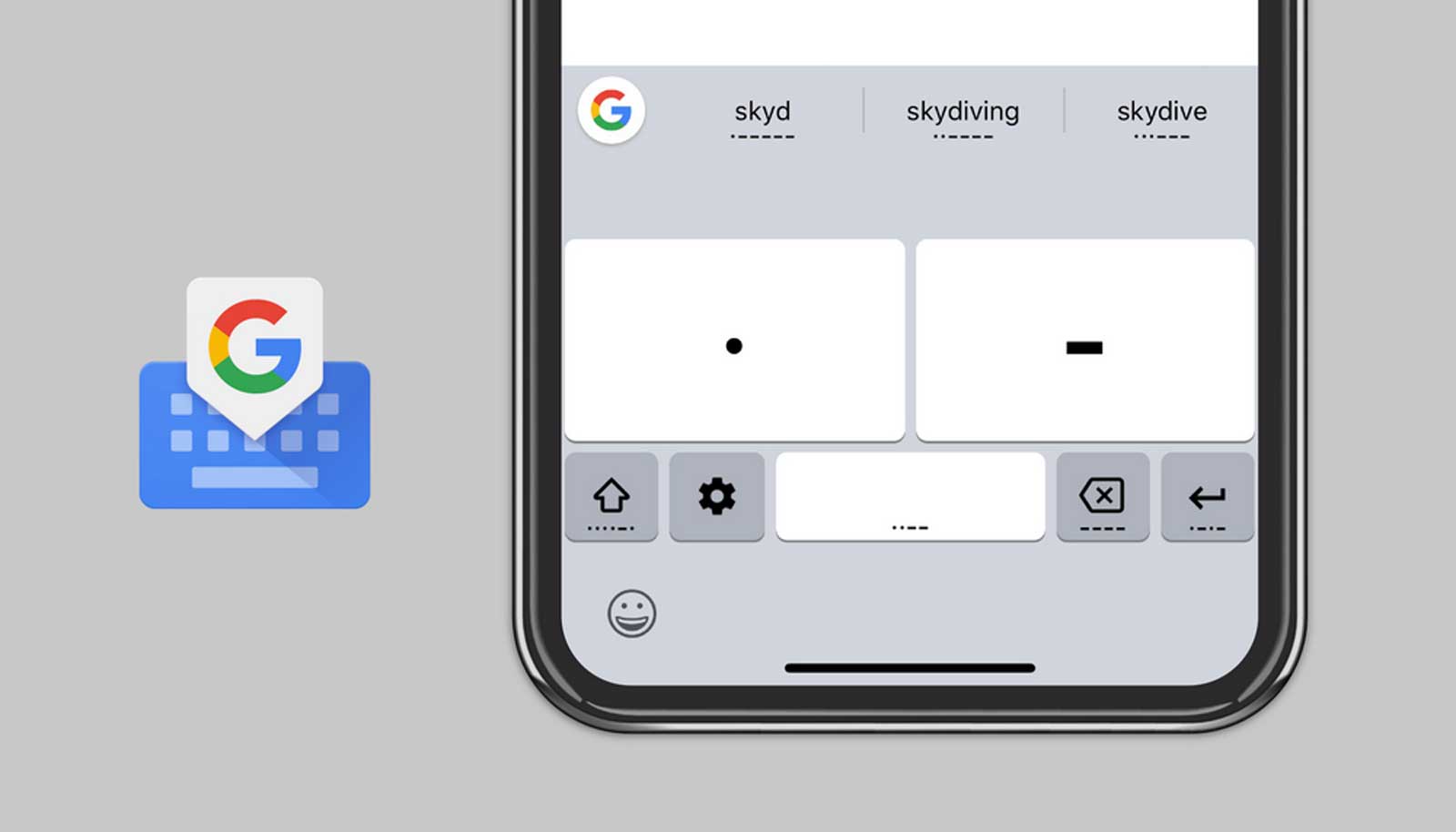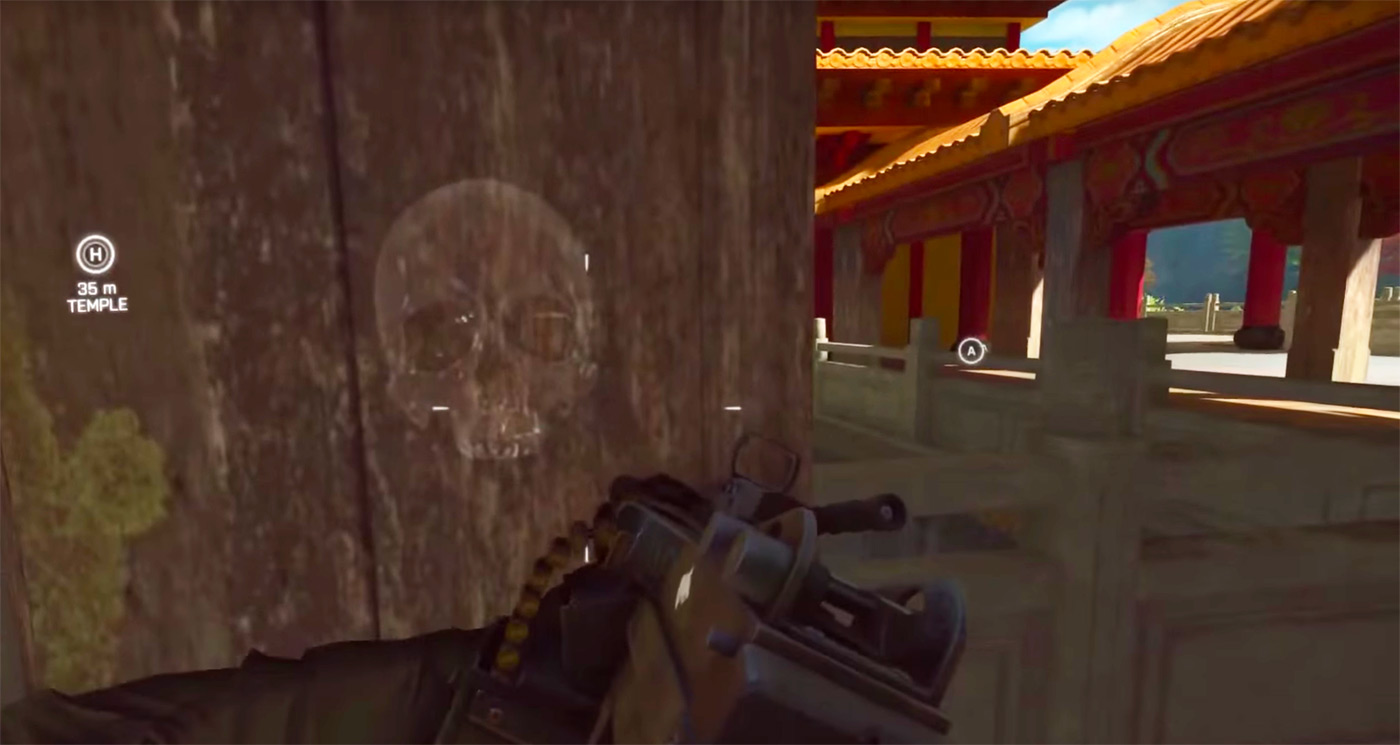
If you thought cloud writing was cool, then how about a message from space burnt into the night sky? A group of unassuming cubesats recently left the comfort of the ISS and joined Earth's orbit -- among them was FITSAT-1 (aka Niwaka), a four-inch-cubed Japanese satellite covered in high-powered LEDs. Its mission is to broadcast the message "Hi this is Niwaka Japan" in Morse code, using bursts of intense light to draw dots and dashes across the heavens. FITSAT-1 was originally planned to appear only over Japan, but a flurry of interest means it'll be touring the globe, starting next month. It'll also find time for its studies, beaming VGA images snapped with an onboard camera back to Earth, to test a high-speed data transmitter.
While its creator, Professor Takushi Tanaka, has said the Morse broadcast has "no practical aim," we think it would make a good emergency beacon for natural disasters (or, more worryingly, alien invasions). FITSAT-1 will try and fulfill all requests for appearances, but it can't control the weather, so you'd better hope for a clear night if it visits your part of the world. If you're as excited as we are to see it in action, bookmark the source links below, which should be updated with its orbit schedule in the near future. And, even if you don't speak Japanese, the video after the break will give you an idea of what to expect.
Continue reading Japan's LED-stacked cubesat will burn Morse code into the heavens
Filed under: Science, Alt
Japan's LED-stacked cubesat will burn Morse code into the heavens originally appeared on Engadget on Fri, 05 Oct 2012 12:53:00 EDT. Please see our terms for use of feeds.
Permalink |
 Fukuoka Institute of Technology (1), (2)
Fukuoka Institute of Technology (1), (2) |
Email this |
Comments
 Google is expanding the reach of Gboard's Morse code support. The search firm has introduced the accessibility-focused keyboard to Gboard for iOS, making communication easier for iPhone and iPad owners with limited motion. As before, it replaces th...
Google is expanding the reach of Gboard's Morse code support. The search firm has introduced the accessibility-focused keyboard to Gboard for iOS, making communication easier for iPhone and iPad owners with limited motion. As before, it replaces th...
 Google is expanding the reach of Gboard's Morse code support. The search firm has introduced the accessibility-focused keyboard to Gboard for iOS, making communication easier for iPhone and iPad owners with limited motion. As before, it replaces th...
Google is expanding the reach of Gboard's Morse code support. The search firm has introduced the accessibility-focused keyboard to Gboard for iOS, making communication easier for iPhone and iPad owners with limited motion. As before, it replaces th...
 During Google I/O today, the company announced that Gboard would soon support Morse code, a move inspired by developer Tania Finlayson who communicates through head movements that are translated into Morse code and then into speech. She and her husba...
During Google I/O today, the company announced that Gboard would soon support Morse code, a move inspired by developer Tania Finlayson who communicates through head movements that are translated into Morse code and then into speech. She and her husba...
 Netflix's annual Hack Day event saw a host of funky projects this year, including a Redbox-style Netflix vending machine, a spooky new interface that makes eyes and heads of characters in thumbnails follow your cursor, an interface to track your bing...
Netflix's annual Hack Day event saw a host of funky projects this year, including a Redbox-style Netflix vending machine, a spooky new interface that makes eyes and heads of characters in thumbnails follow your cursor, an interface to track your bing...
 We're looking at the single greatest advancement in genetics since Mendelev started growing peas. CRISPR-Cas9 gene-modification technology is powerful enough to cure humanity's worst diseases, yet simple enough to be used by amateur biologists. You t...
We're looking at the single greatest advancement in genetics since Mendelev started growing peas. CRISPR-Cas9 gene-modification technology is powerful enough to cure humanity's worst diseases, yet simple enough to be used by amateur biologists. You t...
 You've probably seen some clever gaming Easter eggs in your day, but few of them are likely to be this... involved. Gamers playing Battlefield 4's new Dragon Valley map have discovered an Easter egg that requires a massive, multi-step sleuthing camp...
You've probably seen some clever gaming Easter eggs in your day, but few of them are likely to be this... involved. Gamers playing Battlefield 4's new Dragon Valley map have discovered an Easter egg that requires a massive, multi-step sleuthing camp...


